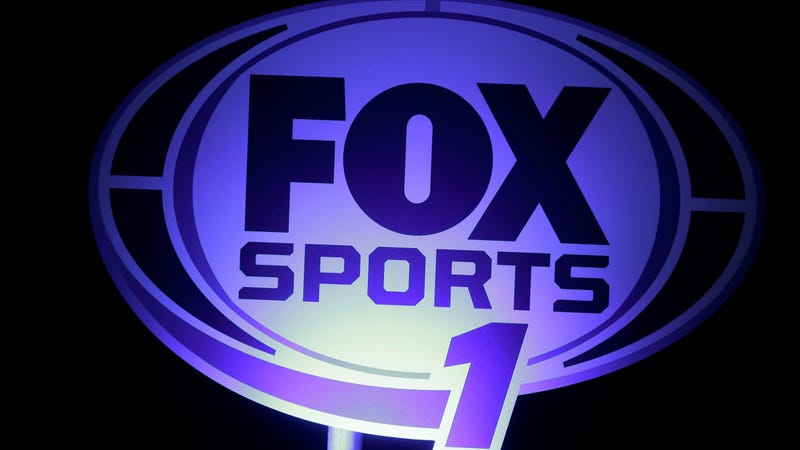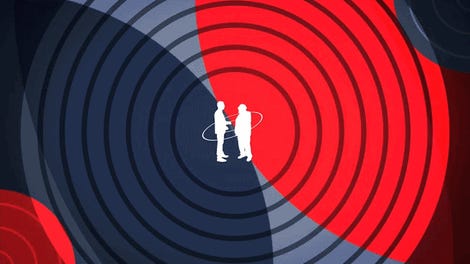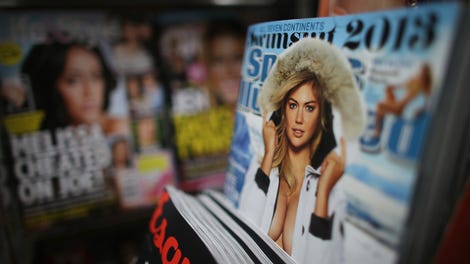
In the wake of Fox Sports’ recent decision to lay off most of its writers and editors, and this week’s firing of Jamie Horowitz amid a sexual harassment investigation, there remain a whole lot of unknowns. We know that the grand plan in getting rid of writers was to “pivot to video,” and that even though that was Horowitz’s vision, current executives are reportedly sticking with it. But can the website, which has seen its traffic drop sharply, survive in its current state? Who will take over for Horowitz? Does anyone even want the job? One major uncertainty was the future of the advertising and content sharing deal between Fox Sports and Sports Illustrated. That deal, at least in its original form, is over.
The deal, which was announced last summer, worked like this: Fox Sports sold their display ad space to Sports Illustrated and Sports Illustrated then sold those to advertisers. In exchange, Fox Sports had to hit certain page views and ad impressions. Now that Fox Sports is no longer producing written digital content, there are no display ads to be had, and nothing of value to offer SI, so the core of the deal is gone.
A spokesperson from Sports Illustrated told us, “We have enjoyed our relationship with FOX and our successful efforts to collaborate in the digital sports media space and have remained in communication with their team as they undergo this pivot. As our relationship evolves, we will no longer be selling display advertising across FOX Sports sites, but plan to continue to collaborate on certain projects like video co-productions and talent sharing.”
(Those co-productions included things like a Facebook Live video during the World Series featuring Tom Verducci and Ken Rosenthal.)
A Fox Sports spokesperson said, “We do not discuss contract terms or proprietary matters with our partners.”
Neither party would comment on the specifics of the contract.
The shift away from digital, and consequently from the money to be farmed from display ad impressions, lines up with Fox Sports’ apparent longer-term plan to turn its website into one big advertisement for its TV shows, and to use the money saved by laying off writers, editors, and digital video staff to bolster the FS1 broadcast budget.






